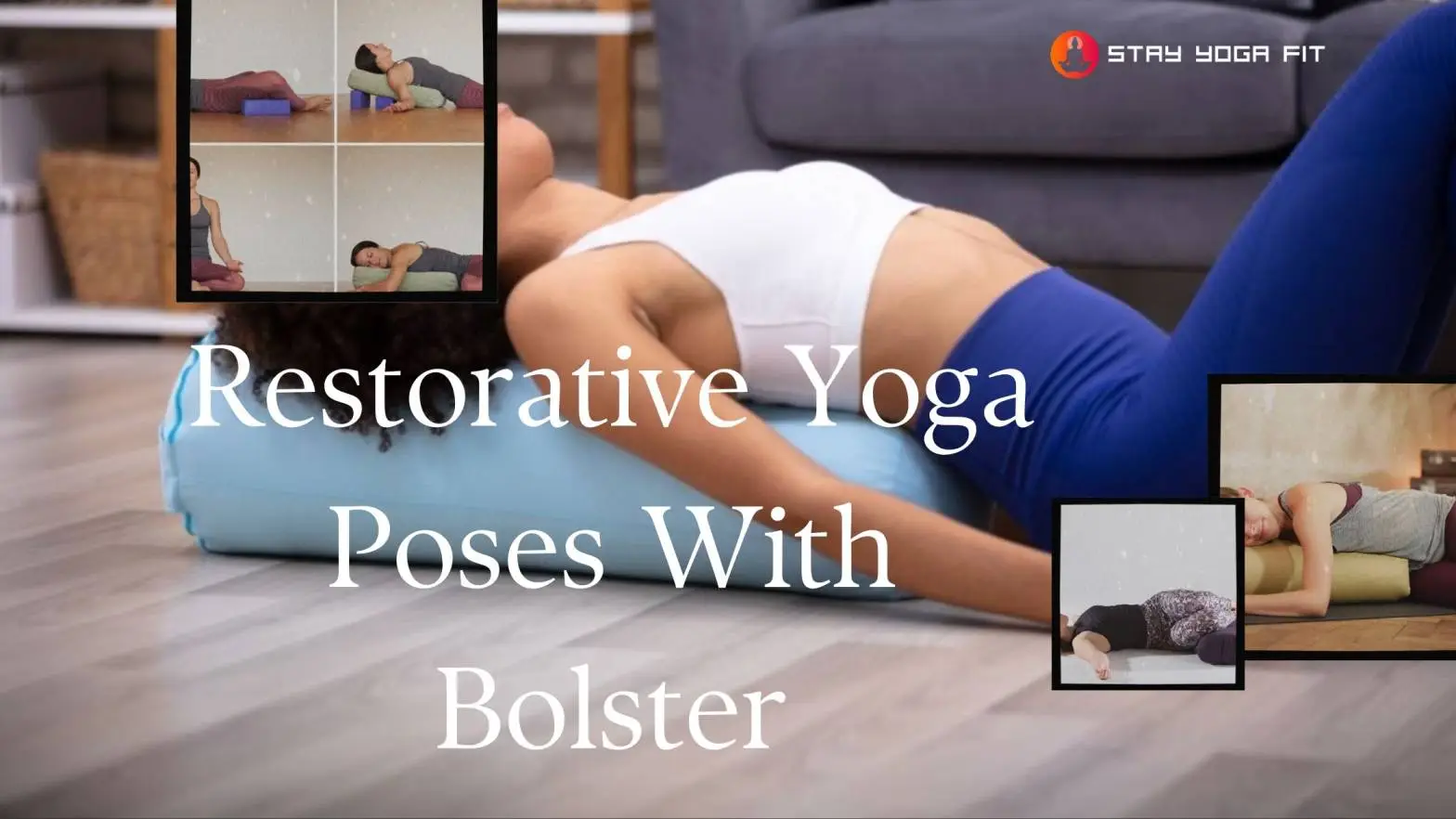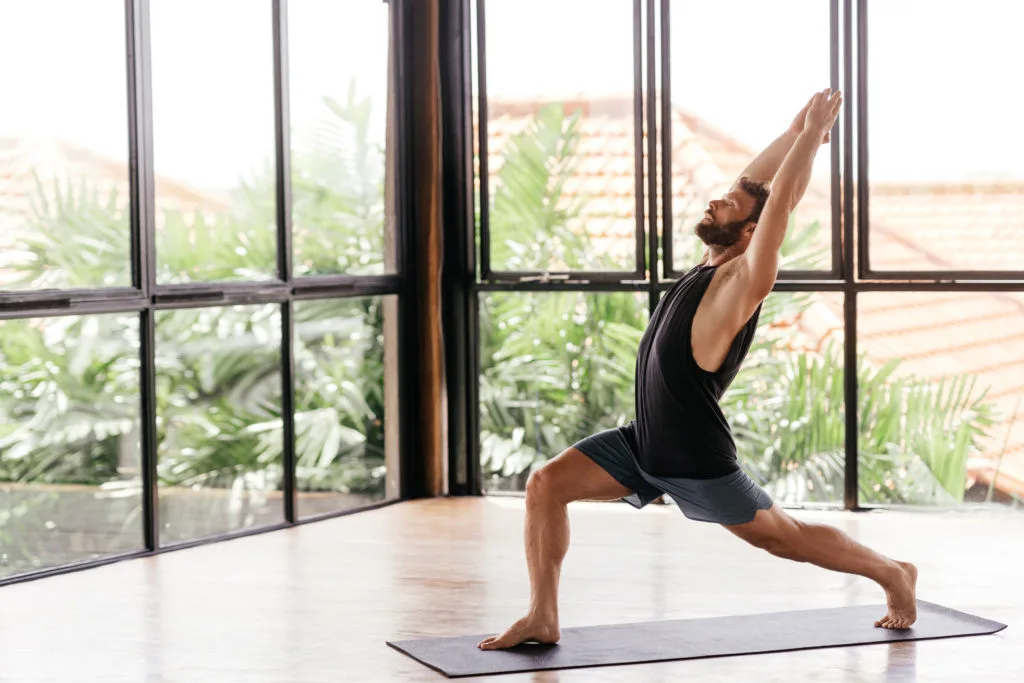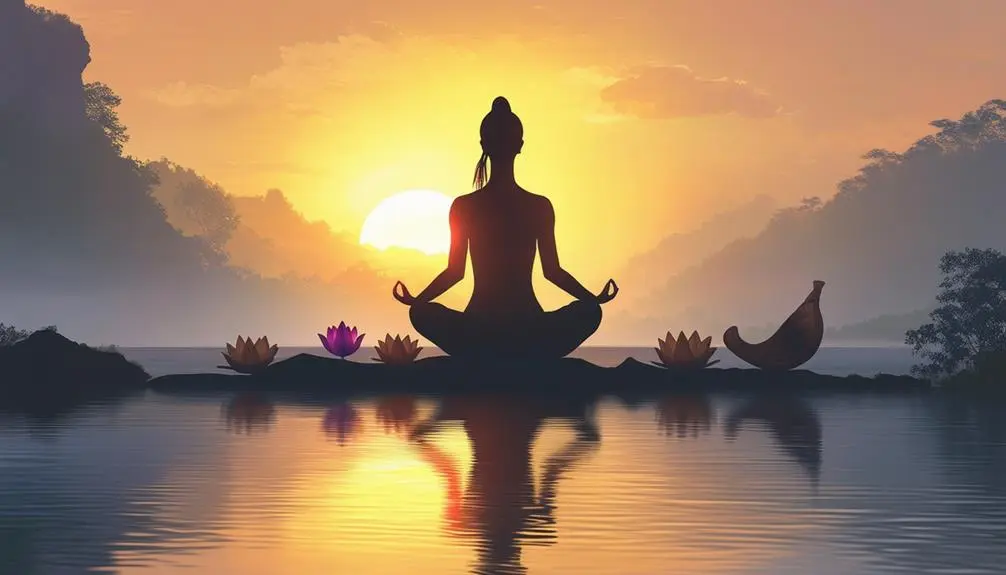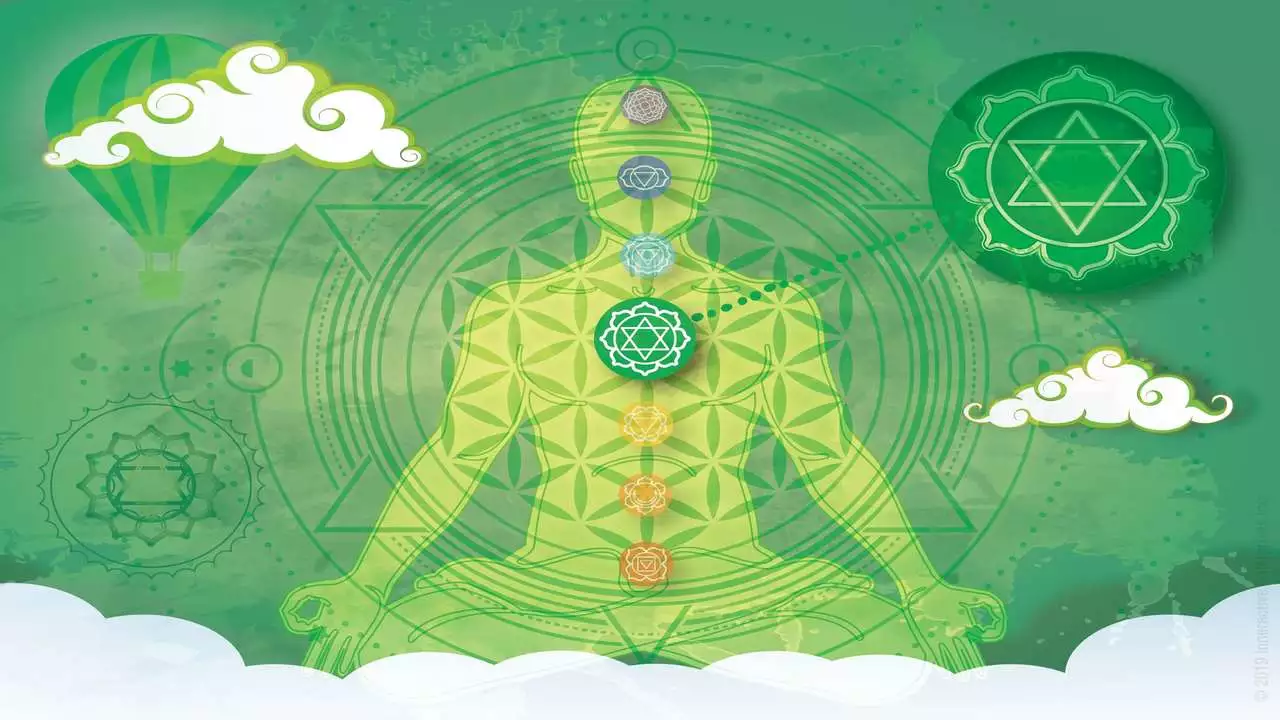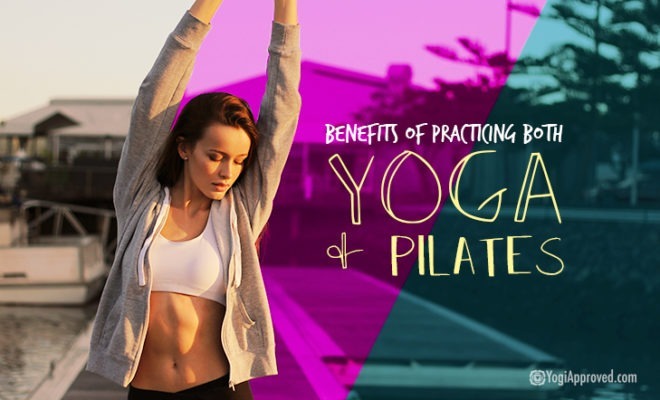What Is Pilates? Here’s Your Introductory Guide to the Practice
Mindfulness in movement is the true essence of a healing and strengthening practice, and Pilates – like yoga – is one such practice.
Pilates has been a popular mainstream exercise modality for quite some time, but many aren’t aware of its origins, background, benefits, and key nuances of the practice.
If you’re wondering what is Pilates, or if you already love Pilates but want to learn more about it, read on to explore the origins, key principles, and benefits of Pilates. In this article, we will also hone in on a few unique aspects of what Pilates can offer.
What Is Pilates and What Are the Benefits?
Pilates, in the physical sense, is a series of small, isolated movements that together form the foundation to efficiently move every muscle and joint in the body. The key to Pilates is that it is movement training.
The essence of Pilates teaches you things like how to move your arms with the correct support from the underlying muscles of your lats. It teaches you how to perform a squat with the correct alignment of your feet, knees, and hips.
The key to Pilates is that it is movement training.
It teaches you precisely how to engage all the layers of your core and how to align your spine in all movements. And these precise, isolated movements integrate to create the efficiency of the whole system of your body.
Joseph Pilates, the founder of the Pilates practice, advocated that the true approach to health and fortitude is an authentic mind and body connection.
The beauty of the benefits of Pilates is that whether you are on the machines, the mat, or simply walking down the street, they have the potential to transform your body.
Where Does Pilates Come From?
Joseph Pilates is the creator of this practice. Born in Germany, Joseph Pilates’ early life is not well known, but research suggests he suffered some ailments as a child, like asthma, rickets, and rheumatic fever.
Son of a gymnast, he began performing in the circus in 1910. Then he became a boxing and self-defense instructor before being interned during the First World War. It was during this time that he developed his approach to movement, by training his fellow internees. He later worked in hospitals to rehabilitate patients.
It was here that the concept of the “Cadillac” machine was born. Pilates attached springs to his patients’ hospital beds to support their limbs and add some gentle resistance for strengthening.
Upon moving to the US in the 1920s, Pilates and his wife opened the inaugural Body Conditioning Gym in New York teaching what was then named “Contrology.” He continued to develop his work there.
It was not long before the dance world discovered the benefits of the Pilates approach and legendary dancers like Jerome Robbins, George Balanchine, and Martha Graham began to practice his system.
He is the inventor of the Pilates method and the accompanying machines, and one of the godfathers behind the ideology of restoring the body through precise, aligned, and conscious movements. The essence of Pilates lies in the principles of breath, concentration, centering, control, precision, and flow.
His work started to reveal that focused alignment and muscle patterning have just as much to do with strength as adding weights and repetitions, and play a large role in one’s overall well-being and longevity.
Pilates 101 – Here Are the 2 Different Types of Pilates:
Like yoga, Pilates has many different families of exercise that appeal to different practitioners.
Pilates mainstream is colorful. There are large classes – on both the machines and on the mat – that burn through your core leaving you as sweaty as a Hot Yoga class. There are also eloquent offerings with smaller classes, that really hone in on alignment while building strength and accessing your core.
Focused alignment and muscle patterning have just as much to do with strength as adding weights and repetitions, and play a large role in wellness and longevity.
And there is a very therapeutic realm as well. In this style, Pilates can be instrumental to rehabilitation, to repattern muscle chains, and on the subtlest level, to reorganize your movements into sublime efficiency.
Overall, Pilates is primarily offered in two different formats: mat and machine. If you are interested in trying Pilates, explore these different formats as well as different teachers to find what you’re looking for.
1. Mat Pilates
Mat Pilates is a series of fundamental core-based exercises performed simply on the mat. Mat classes emphasize the placement of the pelvis to correctly engage the core and support the spine.
From there, the exercises establish how to integrate the legs and arms into core work. Once these levels are mastered, you learn to perform more full body exercises and bring these activations into standing movements to strengthen your standing posture.
This work definitely sweats the small stuff, and these lessons apply to everything you do, from sitting to standing to picking up heavy objects.
2. Machine Pilates
Most group classes take place on the reformer, however there are various Pilates machines to facilitate support in certain groups of exercises, which are usually experienced in private sessions.
The reformer is designed for rehabilitation of the spine. It’s a spring-loaded “bed” with a raised footbar to perform resistance exercises like footwork and bending and stretching the legs.
The pulley system attached to the upper part of the frame provides resistance for the arm and leg work. There isn’t a single muscle group or exercise you can’t target, stretch, or isolate on the reformer.
The nature of the reformer is realignment of the bones and joints so the muscles can fire correctly, in correct sequence, and with the right amount of force needed to create a balance between flexibility and strength.
Working on the reformer can range from rehabilitation to high intensity repetition workouts.
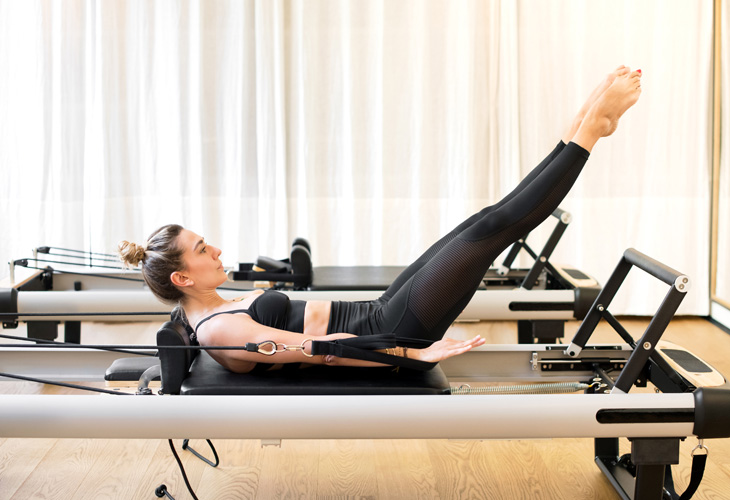
Pilates 101 – Here Are 5 Key Principles and Benefits of Pilates:
Let’s explore the basic principles – along with the benefits – of Pilates.
1. Core, Core, Core
So often in movement classes, your teacher will instruct you to “engage your core.” In Pilates, you will learn how.
You will learn what the major muscle groups are, how they work, and how to “engage your core” and breathe simultaneously.
You will hear the words pelvic floor and perineum so many times, you’ll feel comfortable saying them in public. And you will feel confident to engage your core in every exercise from here on out.
Need some core help? Stop Doing Ineffective Sit-Ups! Use These 7 Yoga Poses to Strengthen and Tone All Parts of Your Core
2. Posture, Posture, Posture
Pilates will teach you how to use your core to support the length of your spine. And in turn, your spine will strengthen too.
With more integrity in your spine, your shoulders will round less. With less rounded shoulders, you’ll have less neck pain.
Stiff Neck? Use These 3 Simple Neck Stretches to Reduce Pain and Increase Mobility In Minutes
The ripple effect of having great posture is vast. And Pilates will teach you to find deep awareness of your spine and its functions.
3. Time
Slowing things down is a key principle of correcting alignment in movement. Pilates is movement education, and it takes time.
It takes time in a class to bring out your anatomy pictures, explain the functions of joints, to show the mechanics, and to explore the nuances of what you’re hoping to discover.
A patient practitioner will advance further because Pilates really does sweat the small stuff. It is quality – not quantity – in this practice, and slow repetitions are the key to success!
4. Isolation
The Pilates repertoire has this unique capability to isolate certain muscle groups and completely break movements down and then build these small muscles groups back up to execute full powerful, holistic exercises.
The Gestalt Principle applies here. Pilates has focus exercises for every distinct muscle group in the body. And when you put them all together, you’ve created one very strong, liberated body.
5. Neutral Pelvis
And finally, the concept of neutral pelvis. There is a divergence in modern Pilates schools as to whether core work should be done with a neutral pelvis or whether core work should be practiced in a position where the lumbar spine is pressing against the mat.
Neutral pelvis is where, when lying on your back, your hip bones and pubic bone are in the same horizontal line. For most, this will mean there is a small arch in your lower back and that it’s not touching the mat.
This position honors the natural curve of the spine and promotes the most freedom for the spine and legs. However, many report pain in the lower back trying to hold this alignment.
The non-neutral position, when used correctly, can create amazing strength in the lower back, and really help to recruit the abdominals to support the lower spine. The downfall here is that it creates a slight “tuck” in the pelvis, which can tug on the spine or legs.
For the most part, understanding both schools of thought and using each technique when it is ideal for you is the best practice.
Want to learn more about modifications like this? Try These Simple Pilates Modifications to Get More Out of Your Practice (Photo Tutorial)
Now That You Know the Many Benefits of Pilates, You’ll Never Wonder “What Is Pilates” Again
Pilates is one particular architecture of how the body is used through movement. Many branches of physiotherapy advocate similar techniques but there are also modalities that differ and they’re just as valid.
At this point in the evolution of Pilates, there is no singular perspective of exactly what Pilates is and what it will do for you.
These days, there are full yoga sequences designed on the Pilates reformer and full core sequences in yoga classes. While I agree that it is important to honor the origins of the principles and adhere to the specific techniques, I deeply appreciate a little cross-over.
It’s important to acknowledge that no singular modality is the answer to everything.
The integration of modalities allows you more freedom in your body, more to explore, more to feel, and more knowledge and awareness of how it all relates to the inner workings of this beautiful vessel that is your body.
Ready to Dive Into Pilates?
Take our Pilates Foundations class on YA Classes with Sarah King.
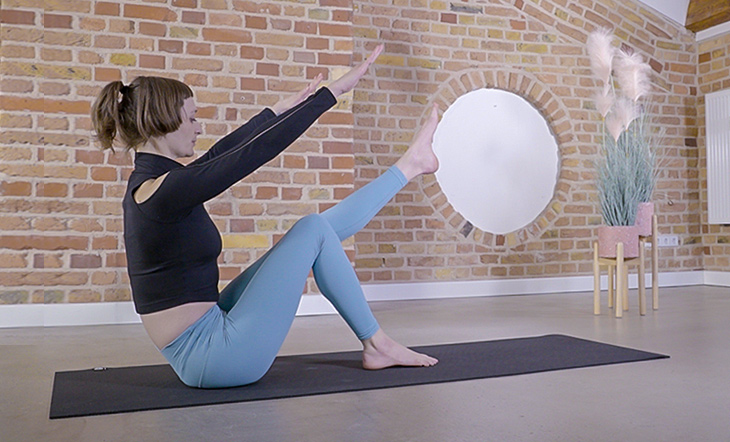
With Sarah King
23-minutes Class | All Levels

